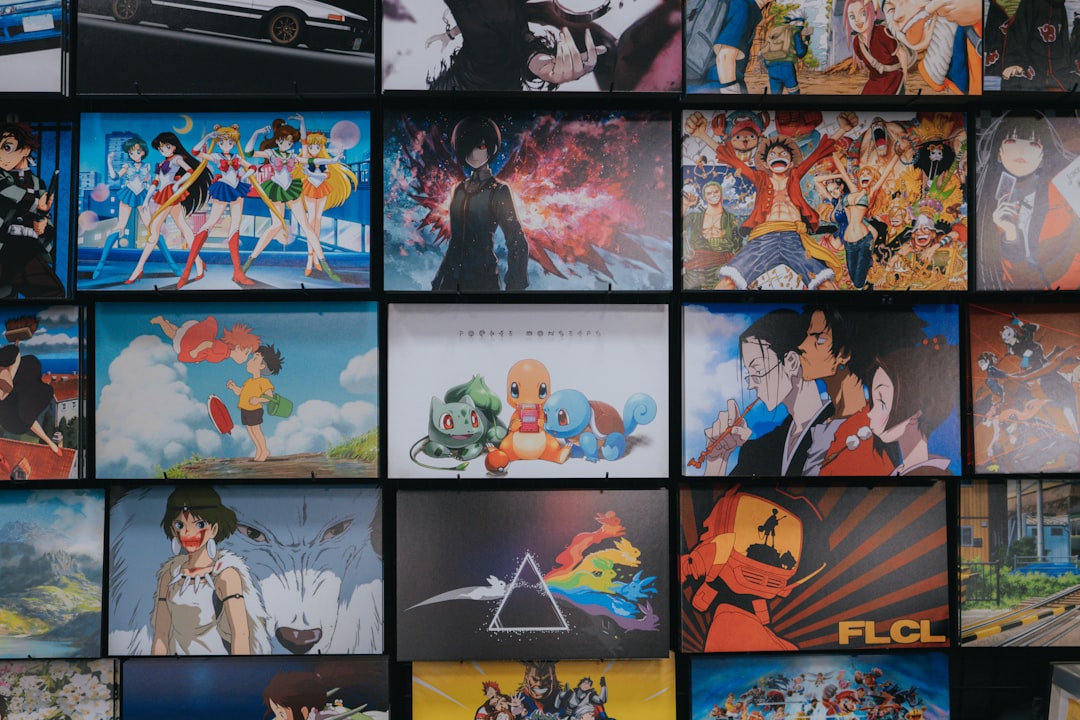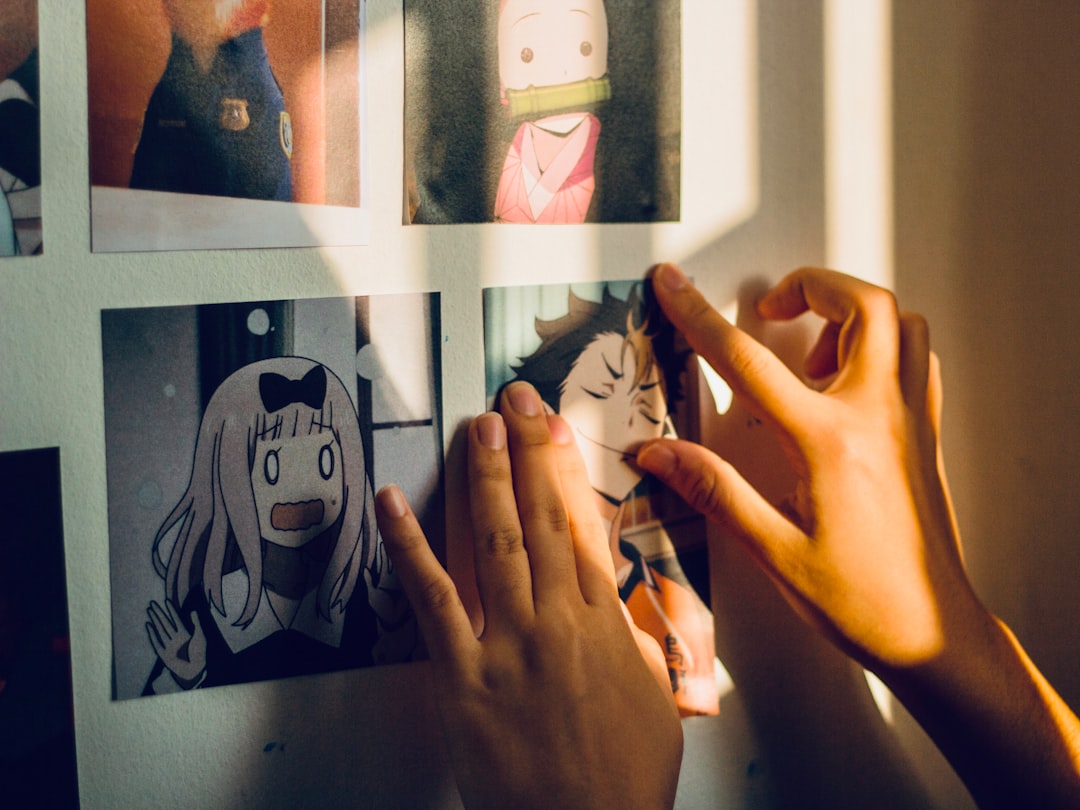Breaking News


Popular News


Manga, a popular form of Japanese comic art, has captivated audiences around the world with its diverse genres and rich storytelling. From its origins rooted in Japanese history to its global influence today, manga has evolved over time and left an indelible mark on pop culture. In this blog post, we’ll delve into the fascinating world of manga, exploring its different genres, notable artists, impact on pop culture, and its promising future in the global entertainment landscape. Whether you’re a seasoned manga enthusiast or new to the genre, there’s always something new to discover in the dynamic world of manga.
Contents
Manga, a style of Japanese comic books and graphic novels, has a rich and fascinating history that dates back to the 12th century. Here are some key points to understand the origins of manga:
Earliest Origins: The origins of manga can be traced back to the illustrated scrolls from the 12th and 13th centuries, known as Emakimono, which depicted various tales and narratives.
Influence of Woodblock Printing: The 18th and 19th centuries saw the rise of woodblock printing in Japan, which further contributed to the development of visual storytelling and sequential art. This period played a significant role in shaping the art style and narrative techniques that are characteristic of manga.
Modern Era Development: The modern concept of manga began to take form in the late 19th century, with the influence of Western comic strips and the introduction of techniques such as speech bubbles and panel layouts.
Post-World War II Expansion: The post-World War II period marked a significant expansion and diversification of manga, with the emergence of various genres, including action, romance, science fiction, fantasy, and more.
Manga, which translates to "whimsical drawings," has evolved over centuries, reflecting the cultural and historical shifts in Japan while captivating audiences globally.
The artistic and storytelling prowess of manga has greatly influenced the global comic industry, paving the way for a diverse array of visual narratives that continue to captivate readers of all ages.

Photo by Dex Ezekiel on Unsplash
When it comes to manga, the diversity of genres and styles is truly remarkable. From action-packed adventures to heartwarming romances, there is something for everyone. Here are some of the most popular genres and styles found in manga:
Manga styles also vary significantly, with distinct art techniques and storytelling approaches. From the whimsical and exaggerated features of "chibi" characters to the detailed and gritty illustrations of dystopian settings, manga encompasses an extensive range of artistic expression.
Understanding the diverse genres and styles in manga allows readers to explore a wide spectrum of narratives and visual storytelling, further enhancing the appeal and depth of the medium.
Manga has undeniably made a significant impact on pop culture, influencing various aspects of entertainment, lifestyle, and creativity. Here’s a look at how manga has shaped pop culture:
Global Fandom: The worldwide popularity of manga has led to a vast and diverse community of fans who are passionate about the art form. From conventions to online forums, manga enthusiasts connect and engage with each other, fostering a strong global community.
Cross-cultural Influence: Manga has transcended cultural boundaries, introducing international audiences to Japanese traditions, societal issues, and artistic expressions. As a result, it has helped bridge gaps between different cultures and fostered a deeper understanding of Japan’s rich heritage.
Fashion and Trends: The distinctive visual style of manga characters and their fashion choices have influenced various trends in clothing, accessories, and even hairstyles. Cosplay, a practice where people dress up as their favorite manga characters, has become a prominent subculture within pop culture.
Entertainment and Media: Manga adaptations have been widely successful in film, television, and gaming industries. The influence of manga can be seen in blockbuster movies, TV series, video games, and even music, showcasing its pervasive presence in mainstream media.
Manga’s impact on pop culture is undeniable, and its influence continues to shape and inspire various forms of art, entertainment, and social interactions globally.
When it comes to the world of manga, there are several iconic artists and writers who have significantly shaped the industry with their creativity and storytelling skills. Here are some of the notable figures who have left a lasting impact on the manga landscape:
Osamu Tezuka: Often referred to as the "God of Manga," Tezuka is celebrated for creating iconic series like "Astro Boy" and "Black Jack," while revolutionizing the art form with his cinematic storytelling techniques.
Akira Toriyama: Widely known for his creation of "Dragon Ball," Toriyama’s imaginative worlds and distinctive character designs have made him a legendary figure in the manga realm.
Naoko Takeuchi: As the creator of "Sailor Moon," Takeuchi’s influential work not only redefined the magical girl genre but also played a pivotal role in popularizing manga globally.
Hirohiko Araki: The mastermind behind "JoJo’s Bizarre Adventure," Araki’s unique artistic style and boundary-pushing narratives have earned him a devoted fan base worldwide.
CLAMP: This all-female artist group has produced an array of beloved manga series, including "Cardcaptor Sakura" and "Tsubasa: Reservoir Chronicle," showcasing their versatility and captivating storytelling.
These remarkable artists and writers have not only left an indelible mark on the manga industry but have also contributed to its ever-growing popularity across the globe. Their creative genius continues to inspire new generations of manga enthusiasts and creators, ensuring that the legacy of manga remains enduring and influential.

Photo by Gracia Dharma on Unsplash
Manga has undergone significant evolution over the years, transforming and adapting to the changing preferences and societal dynamics. Here’s a brief look at how manga has evolved:
Art Style Evolution: Initially, manga featured simplistic artwork with exaggerated facial expressions and minimalistic backgrounds. However, over time, artists have incorporated more intricate details, diverse artistic styles, and innovative panel layouts, enhancing visual storytelling.
Diverse Themes and Genres: In the past, manga predominantly focused on traditional themes like adventure and romance. As time progressed, the range of genres expanded to include sci-fi, fantasy, horror, and slice of life, catering to a broader audience with varied interests.
Influence of Technology: The digital age ushered in a new era for manga creation and consumption. The integration of digital tools revolutionized the production process, enabling artists to experiment with new techniques and reach a global audience through online platforms.
International Recognition: While manga originated in Japan, its influence has transcended borders, garnering a dedicated following worldwide. This globalization of manga has led to collaborations between international and Japanese creators, contributing to a more diverse and inclusive manga landscape.
The evolution of manga continues to unfold, reflecting the ever-changing societal, technological, and artistic landscape while preserving the essence of captivating storytelling and artistic expression.
Manga’s impact has transcended its Japanese origins and has garnered a global following. The influence of manga can be seen in various aspects across the world:
Popularity: Manga has gained significant popularity outside Japan, with a growing fanbase in countries like the United States, France, and China. The diverse themes and storytelling have resonated with audiences worldwide.
Global Market: The global market for manga continues to expand, with a wide range of manga being translated and published in different languages. This availability has contributed to the widespread appeal of manga.
Cultural Exchange: Manga has served as a medium for cultural exchange, allowing readers to gain insights into Japanese culture, traditions, and societal norms. This exchange has fostered a deeper understanding and appreciation of Japanese culture on a global scale.
Influence on Media: The influence of manga extends to other forms of media, such as animation, movies, and merchandise. Many successful anime series and movies have been adapted from manga, further amplifying its global reach and impact.
The global influence of manga continues to grow, shaping the creative landscape and captivating audiences around the world.
As we look ahead, it’s clear that the future of manga is filled with exciting possibilities and potential developments. Here are a few key points to consider:
Digital Evolution:
Global Expansion:
Diversity and Inclusion:
Technological Integration:
The future of manga is undoubtedly an exciting landscape, filled with innovation, expansion, and evolving storytelling. As fans eagerly anticipate what’s to come, it’s clear that manga will continue to have a lasting impact on global pop culture and entertainment.
Remember, the only limit to the future of manga is the creativity and vision of the talented artists and storytellers behind it.

Photo by Tim Mossholder on Unsplash
Manga refers to Japanese comic books and graphic novels, typically created in a serialized format. It covers a wide range of genres and is often targeted at different age groups, including children, teenagers, and adults.
Popular manga genres include shonen (targeted at young male audiences), shojo (targeted at young female audiences), seinen (targeted at adult male audiences), and josei (targeted at adult female audiences). Other genres include fantasy, romance, horror, mystery, and more.
Iconic manga creators include Osamu Tezuka, known as the ‘God of Manga’, whose work includes ‘Astro Boy’ and ‘Princess Knight’, as well as other influential creators like Akira Toriyama (‘Dragon Ball’), Naoko Takeuchi (‘Sailor Moon’), and Rumiko Takahashi (‘Inuyasha’).
Manga refers to printed comic books and graphic novels, while anime refers to animated TV shows and films based on manga or original stories. While manga usually comes first, there are instances where an anime adaptation is created before the manga is completed.